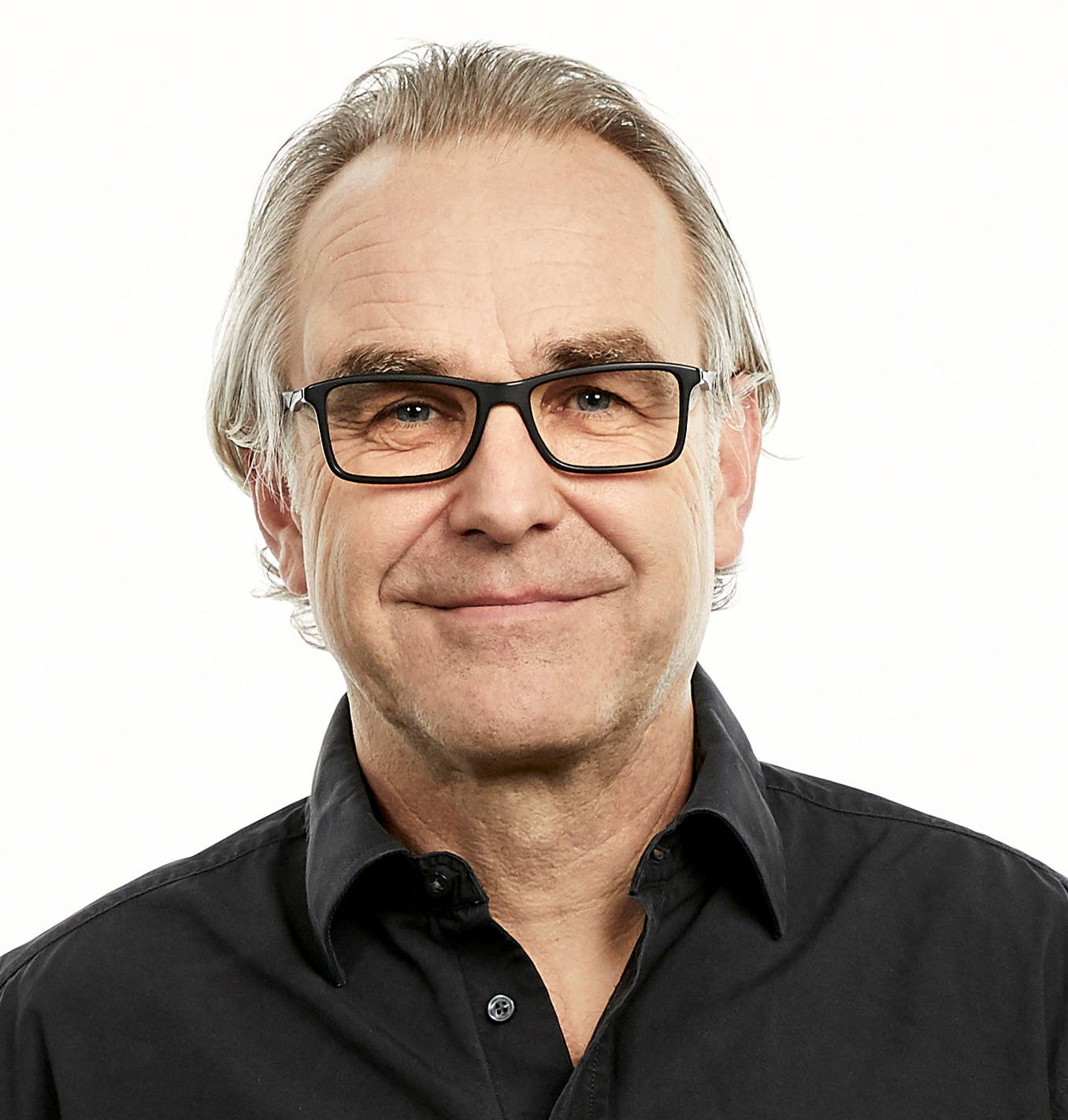- 2024
- Spectral Imaging Experts' Day
- Upcoming ICC Meetings
- 2023
- London Meeting Invited Speaker session
- 2022
- HDR Experts' Day
- 2020
- ICC DevCon 2020
- Munich, 10-11 February
- 2019
- ICC Color Experts' Day, Bressanone
- 2018
- ICC Color Symposium Hong Kong, 22 October
- Grand Rapids, MI, 30-31 May
- ICC DevCon 2018
- Munich, 25-26 February
- 2017
- Ryerson Toronto Graphic Arts Day, 13 October
- Toronto, 11-12 October
- Prague Graphic Arts Experts' Day, 29 June
- Prague, 27-28 June
- Tokyo, 19-20 April
ICC Color Experts' Day, Bressanone

Program
Presentations can be downloaded from the links below. The full set of presentations is available here (67MB).
| 8:30am | Welcome
Christoph Gamper, CEO Durst-Group Hans Peter Schneeberger, Prepress-digital Markus Barbieri, Barbieri Electronic
|
 |
Introduction to ICC colour management
William Li
The International Color Consortium (ICC) was established for the purpose of creating, promoting and encouraging the standardization of an open, vendor-neutral, cross-platform color management system architecture and components. The outcome was the development of the ICC profile specification.
Bio:
|

|
Converting instrument readings into visual plausible colour measurements
Andreas Kraushaar
Substrates such as textiles, ceramics and plastics have a higher level of sub-surface scattering (often visible as a halo round the measurement spot) in comparison to most paper-like substrates. The resulting colour measurements are not visually plausible and do not produce an acceptable visual match on conventional contract proofs or on a monitor display. In this paper a method will be presented how the established measurement conditions (in ISO 13655) need to be changed to allow for a visually plausible measurement.
Bio:
|
 |
Using eciCMYK as working color space for Wide Gamut printers (nChannel, CMYK+)
Peter Kleinheider
eciCMYK (FOGRA53) was released in August 2017, aimed at developing tools for a media neutral print workflow. However, we have not seen any adoption of this ICC profile. Only few experts have an idea of how to use it and even among them, the way to use it is in debate. Neither the Ghent Working group nor the Swiss PDF/X-ready association recommend the usage of this profile at the moment. When working with nChannel output devices in a PDF workflow but receiving PDF files designed for CMYK output, the path to process and apply color management to such files is full of pitfalls that can lead to dull colors. In case of "artful" use of transparency effects, suboptimal application of color management can lead to a change in visual appearance. We at PPD tried to overcome some issues in PDF Workflows when rendering to a CMYK+ color space by using eciCMYK as internal working color space.
Bio:
|
 |
Advanced color management workflow for inkjet applications
Dietmar Fuchs
Dietmar Fuchs will answer the question why color management for ink jet printers can be complex and how an advanced and complete color management workflow addresses those requirements, including spot color conversion. This will be illustrated based on a sample workflow from the Durst software.
Bio:
|
 |
Textile color management
Max Derhak
Digital textile printing offers new opportunities as well as challenges for managing color. Various aspects and issues of textile color production and management are presented. Both Manual and Automated Color Managed approaches in relationship to color production workflow software are covered. The use of iccMAX color management is considered. And lastly, color profiling tips relative to textile color management are presented. Bio Max Derhak has worked for Onyx Graphics Inc. since 1990 where he currently functions in the role of Principal Scientist. Max has a Bachelors in Computer Science from the University of Utah, a Masters in Imaging Science at The Rochester Institute of Technology, and a PhD. in Color Science from RIT. Max admits to having a passion for both color and color technology. He was an initial contributor to the open source SampleICC and ICCXml projects which he continues to maintain. Max serves as a Co-Chair of the ICC as well as the Chair of the ICC Architecture Working Group, and has been a primary driving force in making iccMAX a reality. Max is also the initial contributor and maintainer of the iccMAX reference implementation - RefIccMAX.
|
| 10:20am | Coffee Break Sponsored by DevStudio
|
 |
Color workflow challenges for dye-sublimation textile printing
Marco Roos
Color matching, color profiling and building workflows for textile printing companies are challenging, to say the least. Challenges vary from: improper workflows, poor output quality, incorrect profiling settings, OBA related issues, lack of ICC based color management knowledge, color matching requirements and much more. Marco will share the experiences, the weirdness of some situations, the psychology of introducing ICC as a method to manage color, the need for appearance simulation and measurements and the limitations of ICC based color management workflows. Bio Marco started his career 25 years ago in the inkjet printing industry. First in sales, later in product management and since 16 year as the owner and founder of Color Concepts, world's largest independent testing and color profiling lab for the wide-format inkjet printing industry. Color Concepts developed ColorBase™, a cloud-based profile management and distribution platform, hosting more than 700,000 profiles, serving more than 80,000 print companies worldwide.
|
 |
RIP solutions for functional and decorative applications
Arnaud Fabre
Functional and Decorative markets consume a tremendous amount and a wide variety of non-paper materials on a daily basis. In addition, the constraints of size, speed and quality fluctuate according to the applications and the targeted customers. From the floor to the ceiling and through the walls, the most commonly encountered problems will be listed first. In a second step, good practices and a good understanding of the ICC capabilities will be presented. Finally, the implementation of an appropriate use of a RIP software within the ICC framework will be addressed.
Bio:
|
 |
Colour management for day/night (backlight off/on) backlit applications
Dorin Pitigoi
From more conventional sign and display applications on backlit film, textile or PVC based with two-side backlit printing to more demanding niche stained glass decorative three-ink layer one-side printing applications, the challenge of printing the expected is appraised through colour vividness and richness, strong contrast and dynamic range, while preserving the appearance of the resulted reproduction corresponding to their intended viewing state - day/night with backlight off/on.
Bio:
|
 |
Colour management on variable substrates
Steven Harnie
Through evolving technologies, the digital printing market is continuously growing and does so very rapidly. Concurrently, substrates such as fabrics, ceramics, carpets and many other non-flats have been widely accepted by the industry. The printers used with these applications and the constellation of machines around them appear to live up acceptably to the expectations, but it is less straightforward to keep the production processes stable, correct for fluctuations and keep color reproduction within the tight tolerances that are imposed. A requisite switch of substrates, inks or printers can drive any print company into a real predicament. In these situations, it becomes clear that colour management and adequate software is crucial.
Bio:
|
 |
Devstudio hybrid profiles
Massimo Ontani
This presentation will explain the innovative approach to optimize and calibrate those printing systems provided of White inks on 'non-white' surfaces, developed Devstudio and ColorStream. The profiles are called Hybrid because the color of the substrate is involved with the colorants to the definition of the gamut of the printer in relative colorimetry. The special workflow also allows to create profiles for different substrate colors by simply reading a single multichannel target on an initial color and then adapting it to the new color surface.
Bio:
|
| 12:20pm |
Lunch Break sponsored by SunChemical
|
 |
Challenges in n-colour printing
William Li
|
 |
Profiling for non-standardized printing conditions (CMYK or Multicolor, Digital or Conventional)
Jurgen Seitz
Profiling for of the many different production devices, substrates and ink sets needs smart processes and tools. Ink-limiting, linearization, characterization; handling a wide variation of color information and organize this data in a consistent and reliable way. How to handle different paper tints? Creating profiles for an absolute match or make it a product in a consistent appearance to a reference for reproduction of images and spotcolors. This talk points out some important steps that must be respected for a smart and dynamic colormanagement as we need it today.
Bio:
|
 |
Measurement solutions for signage and digital textile printing
Markus Barbieri
In this talk we show the importance of the optical measuring aperture size and/or multiply measurements on the same patch and the advantage of automated measurements, and we explain the impact of the opacity and the translucency of the media on the measurements. For backlit applications we show how to obtain the best results making media-relative transmission readings. Finally, we show how Computer vision can help you to measure spatially distorted textile charts.
Bio:
|
|
Measurement challenges and solutions for non-paper substrates
Ray Cheydleur
| |
| 3:00pm | Coffee Break
|
 |
The use of the M3 measurement condition in colour management
James Vogh
This talk will look at the usage of the M3 measurement condition in colour management. The talk will introduce the M0,M1,M2, & M3 measurement conditions and then look at the M3 condition. Reasons for using the M3 condition will be discussed. The impact of using the M3 condition on color management when used in combination with profiles that were not made with M3 measurement condition will be examined.
Bio:
|
 |
The measurement and profiling of special materials: glass, leather, laminates, etc: problems and solutions, practical experiences
Andrea DeRossi
The best practice for a good color calibration of industrial digital printers that print on non-paper substrates: glass, leather, laminates, ceramics and fabric, etc. Each material based on its specific structure, requires particular attention and preliminary choices both in the measurement phase of the linearization targets, and in the construction of specific customized targets for the process characterization. The correct and appropriate setting of the printing modes, as well as the measurement and optimization of the characterization data are the basis for correct color management by means of conversion and color data processing systems using ICC profiles and Device Link profiles.
Bio:
|
 |
Measurement of 3D textile features
Michele Conni
Describing texture can be achieved by measuring multiple properties of the sample and by calculating various features based on the measurement. This presentation, focusing in particular on the application of 3D features, aims to identify feature extraction techniques most suited to the characterization of fabrics and to describe different ways to measure them.
Bio:
|
 |
Getting spectral data when you don't have spectral measurements
Tanzima Habib
Spectral data plays an increasingly important role in colour reproduction today, especially in colour-critical areas like brand identity. Ideally we have spectral reflectance data to begin with, but in many cases we don't - for example, if we are working with data in CIELAB or XYZ. In this case we need to find the spectral reflectance from three-component data. This is obviously an under-determined problem, but using the right methods we can obtain a surprisingly good estimate as long as we have a suitable training data set. In this talk some methods and results are shown.
Bio:
|
 |
Overcoming challenges surrounding color management in ceramic digital printing through new approaches
Jan Seguda
Conventional measuring techniques as well as measuring instruments and the classical color management approach often lead to unsatisfactory results and problems in ceramics. In this presentation, a different approach will be introduced that focuses more on characterizing the design than the printer and overcomes the problems of traditional measuring instruments in ceramics. This leads not only to more flexibility through easy line and printer changes for producing a design, but also to significantly reduced costs through faster line entries in the course of reproductions.
Bio:
|
| 5:00pm - 7:00pm | Evening reception
|
| Sponsors | |||
 |
 |
||
 |

